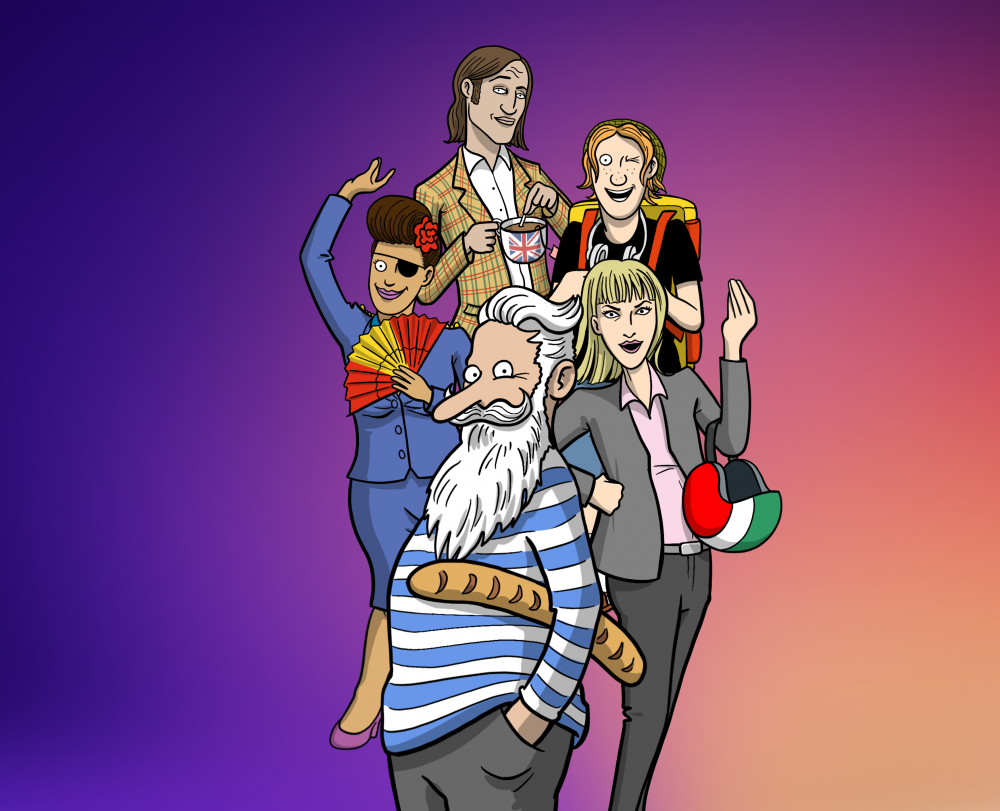The negative form of the verb to have
Reminder: the verb to have To have, present simple tense is irregular and can be followed (or not followed) by got, depending on its meaning.
Magda and Caroline have fun with the new guests.
The hotel has (got) a swimming pool.
Generally, the negative form of the verb to have is created with do not/does not (or don't/doesn't) + have, following the same structure as regular verbs:
| Full form | Short form |
|---|---|
| I do not have | I don't have |
| You do not have | You don't have |
| She / He / It does not have | She / He / It doesn't have |
| We do not have | We don't have |
| You do not have | You don't have |
| They do not have | They don't have |
You do not/don't have a garden.
Mary does not/doesn't have blue eyes.
When to have indicates possession or relationship, you can also use the negative form with got, which follows this structure: subject + has not/have not (or hasn't/haven't) + got.
Caroline has not got/hasn't got enough food in the fridge.
We have not got/haven't got any ideas.
Still facing difficulties with 'The negative form of the verb to have'? Improve your English with Gymglish's English lessons - try our online English course for free now and receive a free level assessment!
What our users say:
Find out about other grammar rules. Improve your English further and test Gymglish, online English lessons.
Tips for learning 'The negative form of the verb to have'? Share them with us!

